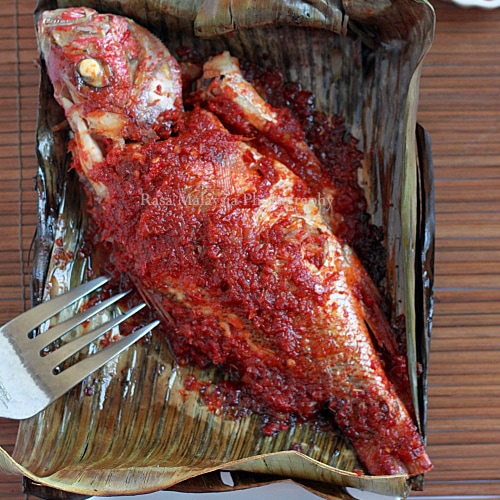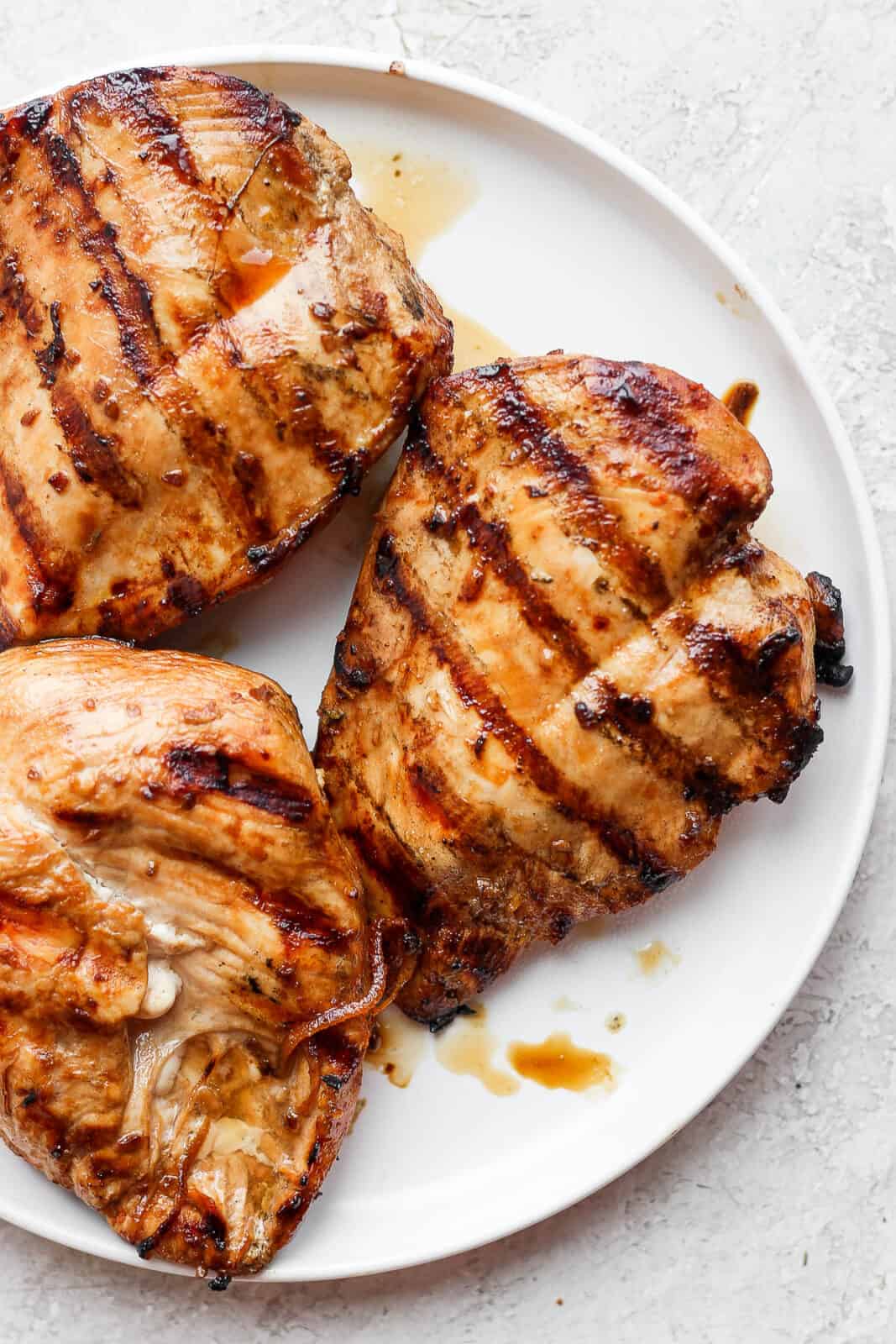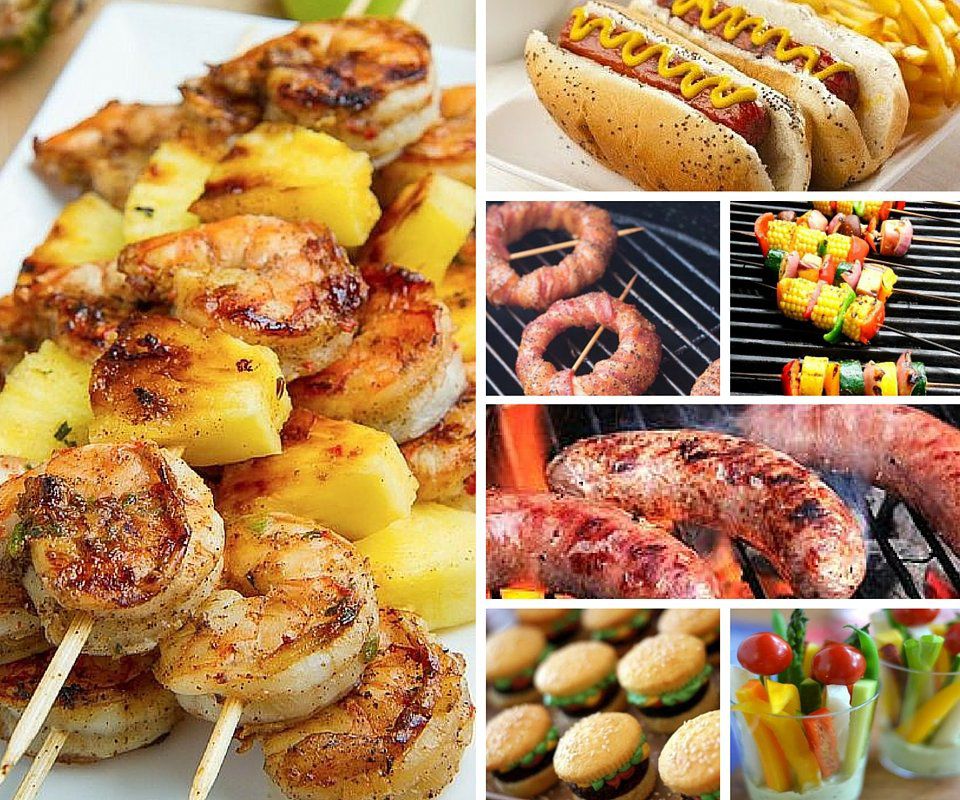
Here are some helpful tips for using your charcoal smoker. This is the most important step in the process. It is also important to monitor the temperature. The following charcoal smoker tips will help you achieve that. You should also clean and dry the grill grate. If necessary, add hardwoods to your fire. After all, the meat will be cooked by the smoke and flavor of the wood smoke! How do you make your meat succulent and tasty?
Proper fuel for charcoal smokers
Although briquettes may be cheap, they aren't the only way to get charcoal for your smoker. Charcoal charcoal briquettes are usually made from hardwood which can be harder to find. Briquettes also burn longer than lump charcoal. Although briquettes are more straightforward to lighten and clean than lump charcoal they may require a lighter fluid to light. If you are looking for a more affordable option, lump charcoal may be the better choice.
Avoid lighter fluids for charcoal smokers. These lighter fluids contain chemicals that can leave a sour taste in your meat. Instead, you can use natural fire starters to ignite the fire. Be sure to follow all manufacturer's instructions for lighting the coals. Also, never use lighter fluid to start the fire. Also, lighter fluid can cause chemical flavors to your meat. When lighting your charcoal smoker, be sure to follow these guidelines. These are some tips to get the most out of your charcoal smoker.
There are many options for smokers. Gas and charcoal are both great options. But each option has its advantages and disadvantages. Charcoal is more affordable than gas, but you can also buy charcoal or gas. Charcoal smokers do not need a fuel tank. They can also be very large. To achieve maximum performance, they need space at least 6x4ft. You can purchase the right fuel to your smoker, and you will enjoy the delicious taste of smoked meat. So, get cooking! Smoke charcoal smokers are for you if smoke is your favorite flavor!
Hardwood charcoal lumps may be an alternative to charcoal briquettes. Lumps look very similar to chunks of wood from an extinguished campfire. These lumps come in sizes ranging from a golfball to a grapefruit. They produce a pleasant smoke and are perfect for low- and slow cooking. You can also use them for high heat grilling. If you're a beginner at smoking, stick to briquettes.
Wood chunks are an inexpensive and easy way to get the smoky flavor you desire. Wood chunks have the bark and smoke smell of charcoal smokers. Wood chips, a secondary fuel source that is also great for cooking, are also a good option. Different fuel sources can give you different results but the ultimate goal is to get the best flavor out of your meat. A lifetime of delicious food is possible once you are proficient with the charcoal smoker.
Keep an eye on temperature
Smoking meat should be done at a temperature that is comfortable for you. Smokers create smoke by heating the food, which can lead to it burning. If the lid is open to allow smoke to escape, it can cause the temperature to drop and may take as long as 20 minutes for the temperature to return back to normal. Another important factor to keep an eye on when smoking is wind. Smokers should stay indoors and should pay attention to the weather on windy days.
The ideal temperature to use charcoal smokers is between 225-300 degrees Fahrenheit. This temperature range is ideal for most meats, including chicken. Turkey can be cooked at lower temperatures but chicken will dry out more quickly. Keeping an eye on the temperature is a key skill to perfecting your smoker and preparing the perfect smoked meat. Practice will help you cook perfect meat every single time.
The internal temperature of your smoker is affected by the weather. When you smoke in winter, ensure there is enough fuel. You can lock in heat by using a water pan on your smoker to increase the fuel level. The best way to ensure you have the best results is to limit your smoking time to only a few hour per day.

The temperature of your smoker will depend on how many pieces of charcoal are in it. Depending on the size and type of charcoal, you can adjust the vent to make it smaller/larger. A closed intake vent may allow for more oxygen to enter your smoker. This can slow down the temperature increase. If your smoker is still too cold after cooking, adjust the vent. It will become second nature after a while.
A temperature probe, an important component of any smoker, is essential. It will monitor the temperature and notify if it drops low or goes too high. A good thermometer will also allow you to adjust the temperature within your smoker by adjusting the air vents. This allows you to control the temperature without worrying about the food getting too dry or overcooked.
Cleaning the grill grate
You should clean your charcoal smoker's grill grates regularly. Charcoal ash, which accumulates at the bottom of charcoal grills is a problem. The ash builds up at the bottom of charcoal grills, blocking vents, and increasing fire dangers. To clean the grill grate, use a stiff-wire brush with a long handle. Aluminum foil works well as a grill grate scrubber. For cleaning the grill bowl and lid you can also use mild dish detergent and a steel brush.
You can also use a scraper to clean the grill grid. The best option is to use sliced onions. They add moisture and produce organic compounds that help break down stubborn grease. However, it is not as effective as a proper scrubbing. To maintain a clean charcoal smoker, you should also regularly check and relight the charcoal and use a weatherproof cover.
First, clean the dirty water. If the ash is still on the grate, use a shop vac to remove the debris. When cleaning the grill grate, make sure you wear gloves. Mix white vinegar and water in a spray can. In an ideal situation, the vinegar should be mixed with 40 percent water. Simple Green is a food-safe degreaser.
It can be tedious to clean the grill grate on a charcoal smoker, but it will be well worth the effort. Clean the grill after every use to prevent food from sticking and pitting. This will also help to protect your charcoal smoker from getting rusty. Even if you don't have the budget to buy a new charcoal smoker every month, regular cleaning will keep it in good condition. The grate can be cleaned by soaking in water.
Before cleaning your charcoal smoker, you should remove the ashes. Charcoal smokers are particularly susceptible to ash buildup, so you should take extra care in cleaning yours. Use a brush to wipe the charcoal grill's sides, drip pan, hood, and hood. You should also wipe the grates after each cookout to prevent food buildup. You might also consider applying vegetable oil to the grill grate in order to protect your charcoal smoker.
Adding hardwoods to the fire
It is easy to create a delicious atmosphere in your kitchen by using a charcoal smoker. Smokers can be used to cook everything, from fish to vegetables and even delicious desserts. While meat is by far the most common item smoked, woods add different flavors to different foods, bringing out the best flavors in various dishes. Wood chips are a great way of personalizing your charcoal smoker.

A charcoal smoker can use wood chips because it doesn't absorb water. It will also continue to smoke long after the chips are burnt. This is essential if you intend to cook for long periods. Golf ball-sized wood is best for charcoal smokers that smoke meat. You can cook for shorter times by using pellets or small chips. These produce more smoke in short bursts. It is easier to keep shorter logs in the hot zone.
Hardwoods can be added to charcoal smokers, which is a very popular way to barbecue. Traditionally, meat is smoked over live coals and then flavored with hardwood to create a unique, smoky flavor. Hardwood logs will give you the most authentic smoke flavor. Although it will be more expensive than standard coal, they will cook your meat for a longer time. You'll burn lump hardwood charcoal longer so you will need more wood to achieve the same flavor.
You will notice a marked difference in the taste and aroma of hardwoods when you use them in your charcoal smoker. A combination of hardwoods and softwood is used by some charcoal producers to create a unique flavor that is rich and delicious. Charcoal is capable of burning volatile gases, but also contains carbon. Carbon allows charcoal to burn hotter and for longer periods. Using hardwoods will preserve the color and flavor compounds of the meat that you're smoking.
It is important to remember that hardwoods can be used in a charcoal smoker. This can create a lot od steam and off flavor. This can make your charcoal smoker dangerous, especially if it isn't something you are confident with. There are other woods that can improve your results. Try different wood types to find the one that suits you best.
FAQ
How much does it cost for you to learn culinary arts?
It is not easy to find a culinary arts degree that costs less than $40,000. For example, a 4-year degree costs about $40,000. On the other hand, a two-year associate's degree may cost less than $5,000. Tuition rates depend on the type of program you select. Public institutions are more expensive than private institutions.
How do I become a Chef?
There are many ways to become a chef. Start by enrolling in a class at a vocational school or community college. Next, consider attending culinary school. You can also apply for a paid internship.
Which is the best way for you to learn how to cook?
Cooking should be something everyone can do. If you don't know how to cook, you miss out on some great food experiences. The first thing you need to do when learning to cook is to find a recipe that you like and follow it closely. Next, you'll want to practice making small changes to the recipe until you feel comfortable making the dish yourself. Try cooking for others. This will not only help you cook better, but it will also test your skills.
Where can I find online cooking classes for free?
Many websites offer free cooking classes. YouTube has many videos that will show you how to cook different dishes. You can access thousands of recipes from some websites. While you may have to pay a monthly charge, these websites allow you to try out the recipes for 30 days for no cost.
What should a beginning cook learn first?
An easy dish to start with is pasta, rice, or soup. You can learn how to cook by looking at a cookbook or watching a YouTube video. Cooking with others is more enjoyable. Have a group of friends cook, or cook together.
How long does learning to cook take? How much time do I need?
It depends on your level of skill. Some people can pick up basic cooking techniques within a day or two. Others may take several months or longer to feel competent enough to teach themselves how they cook.
The time taken to learn to cook will depend on who you ask. One example is that someone who has never tried cooking before would likely take more time to learn than someone who cooks often. You may also need more experience with certain types of cooking than others. Baking, for instance, requires more skill than frying.
Learn a technique to increase your ability to cook quickly. Once you are proficient in that technique, you can move onto the next one. It doesn't matter how long it takes to master a particular technique. You can just keep at it and enjoy the process.
What are the benefits of using a slow cooker?
Slow cookers are useful because they can make delicious meals in a fraction of the time. Slow cooker recipes are healthier than traditional ones because they use less oil and fat. Also, slow cooker recipes are easy to use because they do all the work while you sleep.
Statistics
- under 10 Kids have been taught that there is special food just for them, and Fiese says that 10 percent of kids will throw a tantrum if they don't get the food they want. (washingtonpost.com)
- On average, chefs earn $58,740 a year, according to the BLS. - learnhowtobecome.org
- The median pay for a chef or head cook is $53,380 per year or $25.66/hour, according to the U.S. Bureau of Labor Statistics (BLS). (learnhowtobecome.org)
External Links
How To
How to make the perfect omelet
Omelets are a favorite breakfast food of mine. But how do you make them perfectly? I've tried many recipes and different methods but none have worked. Today, I'd like to share some tips with you in order to make delicious and fluffy omelets every day.
When making omelets, it is important to be aware that eggs can be temperamental. Eggs must be purchased fresh, preferably organic, and kept chilled until ready for cooking. The yolks and whites will not form properly if they aren't kept cold enough. This can make your omelets look bizarrely colored. If you intend to cook your eggs immediately, it's best to use room-temperature egg.
Another tip is to separate your egg before adding it into the pan. Because this could cause your omelet to become curdled, you don't want any yolk to be mixed with any white.
The bottom part of an egg that is added directly to the stovetop might be burned, which could cause a ruined texture in your omelet. Instead, heat the egg for 10 seconds in the microwave before placing it in the pan. The microwave heat cooks the eggs just right without overcooking them.
Next, let's talk about mixing the eggs. You want to mix the eggs thoroughly before you add them. To do this, take the bowl from the mixer and flip it upside-down. Next, shake the bowl vigorously. By doing this, the egg is thoroughly mixed with the air in the bowl.
Now comes the fun part - pouring the milk into the mixture. Mix half of the milk with the eggs. Then fold the eggs in half into the remaining milk. Do not worry if you see streaks of egg; they will disappear when the omelet is flipped.
After you have folded the eggs, heat the oil in a pan over medium heat. Once the oil has started to sizzle, turn the heat down to low. When the oil is hot enough, add 1/4 cup butter to the pan. Stir it around until the butter covers the entire pan. Now carefully crack open the lid of the pan and sprinkle salt into the pan. An additional pinch of salt will prevent the omelet form sticking to your pan.
Cover the pan once the omelet is formed and allow it to cool completely. Flip the omelet with a spatula, or flip it upside down. Cook the opposite side for another minute. Remove the omelet from the pan and serve immediately.
This recipe works best with whole milk, but skimmed milk also works.